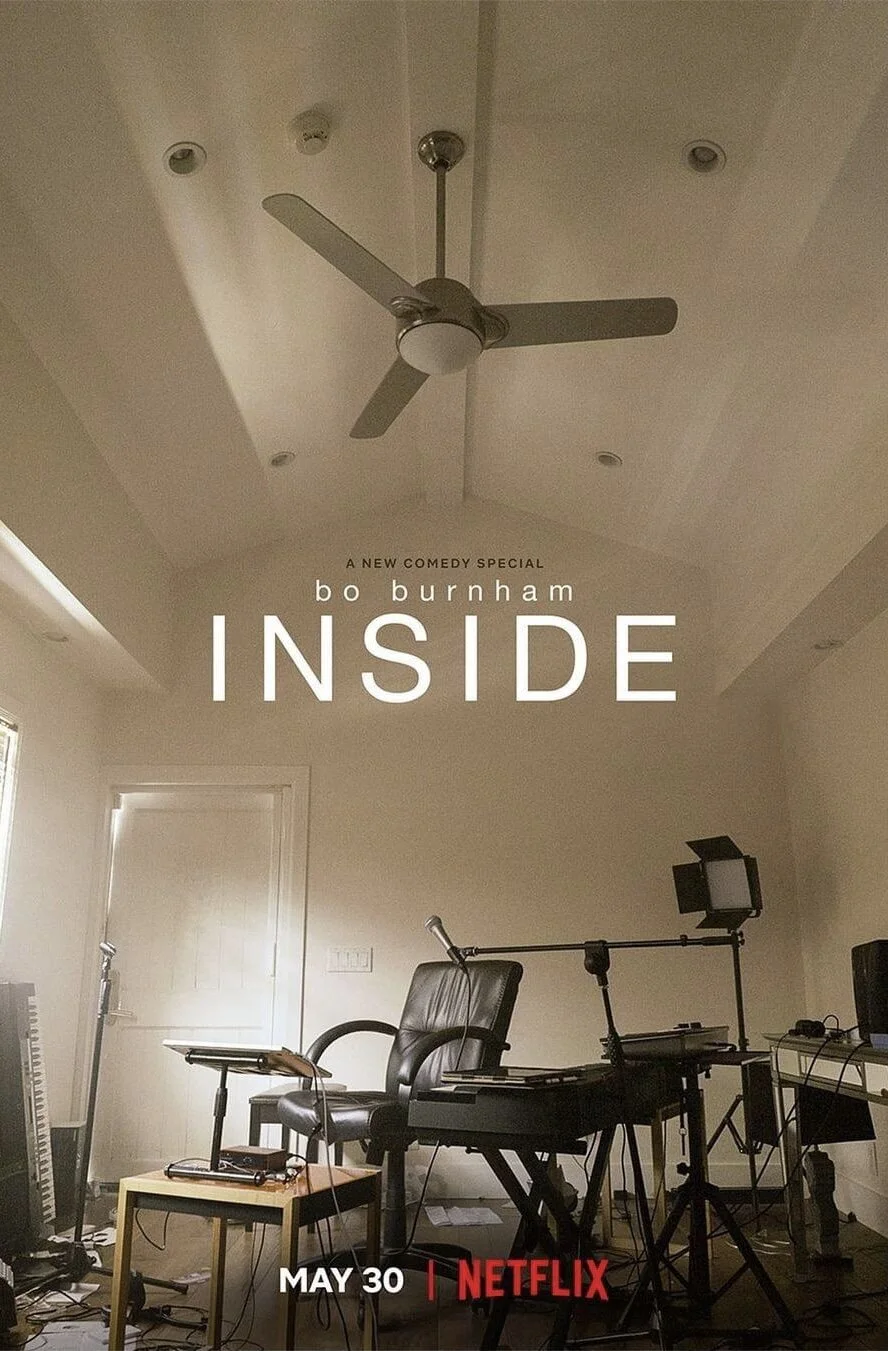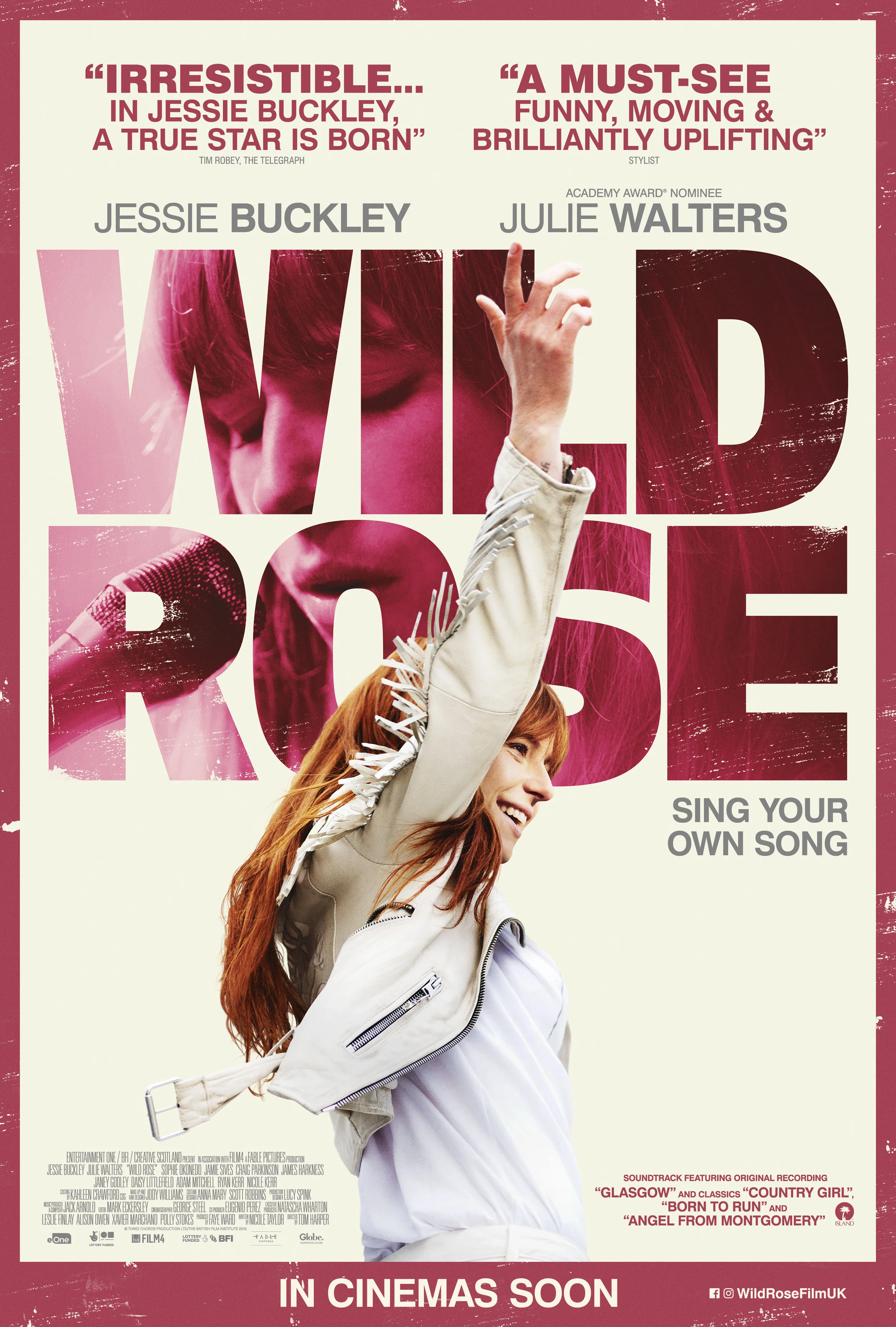In the Heights
Ten second review: When it’s good it’s great, but In the Heights can’t quite fully transfer its stage magic to screen.
Often I watch films with little anticipation or knowledge of their production, but I’ve been excited for In the Heights for over a year now. When they made the choice to delay release I was really disappointed as I was hoping to catch it in the reopening of cinemas last summer, but I understood that they wanted to reach as many people as possible so the delay was inevitable. With that much anticipation and expectation, did In the Heights live up to the hope and hype?
Set in Washington Heights, this adaptation of Lin Manuel Miranda’s mid-noughties Broadway hit musical follows and details the dreams of several of local residents. The driving centre focus of the film is Usnavi (Anthony Ramos) who owns a corner store and narrates our journey of learning about the neighbourhood and the people that live there.
Adapting from stage to film is a very hard task. The main difficulty often seems to be the quieter and more intimate parts of a show. In it’s huge ensemble pieces, In the Heights not only delivers on the show’s original tone and vigour, but takes it further. The opening number is not only an incredible scene to watch but really manages to elevate the original production to a level that would be difficult (if not impossible) to achieve on stage. Other large scale pieces like the pool setting for “96,000” again sees an elevation of what you would be able to do on stage and it’s in these moments that you don’t just enjoy the film, but you’re really taken in by it. You feel entranced by the story and enveloped by the lives and dreams of its characters.
The problem for In the Heights seems to be translating the quieter numbers and scenes in a way that carries their weight to the big screen. A perfect comparison for this film inevitably ends up being West Side Story; a classic stage show set in New York adapted into a film. I would dread to see a modern retelling of west Side Story (although it feels primed and inevitable that we will certainly see a remake in the next few years) as it may make similar mistakes as In the Heights does. West side story’s smaller ensemble pieces and more successful intimate songs given the film a grounded realism. In The Heights embraced being a modern big screen adaptation, but in that it enhances its larger set pieces and diminishes some of its smaller scale aspects. Things that read well from a seat in a theatre don’t transfer 1 to 1 to a seat in a cinema and while the spectacle can be incredible, then switching to the intimate can leave the audience feeling a little flat. I think the greatest thing that the film loses from its scale ends up being the core message of being in a small moment and making it your own. We lose some of the character depth when they are placed the scale of these surroundings and we lose some of the emotion when it’s is juxtaposed against the grandeur of the big numbers. The film does play with this with some really beautiful imagery and imaginative choreography and direction in the quieter numbers, but these images don’t make up for the missing character depth.
Regarding the acting and actual music, the film adaptation is incredible. Ramos is perfect in the role and I’m very glad that Miranda did remove himself. Corey Hawkins, Leslie Grace and Melissa Barrera, like most of the cast, all shine as well. When it’s at its peak, it really is scintillating viewing and listening. Much of this is also down to the music. The depth and range of the instrumentation, the variety of styles, the lyricism and the word play really does make Miranda’s music something to sit and enjoy (although I still think his writing for female characters sometimes lacks the nuance of his writing for male characters).
I am aware that In the Heights has come under criticism from people who feel it presents a stereotypical image of its characters and simultaneously has been praised for breaking down stereotypes. I think this highlights the difficultly in meeting all people’s expectations. Some have felt so passionately that this is good for the communities and characters it represents while some have felt it did not go far enough. It has also come under fire from critics who noticed the lack of dark skinned representation. While I did think it is was a noticeable omission, I don’t feel it was wholly intentional. While there is an inevitable bias toward lighter skin tones (societally and in film making), I feel it was short-sighted and irresponsible in this instance rather than actively malicious. It would have been nice (and also representative) to have seen more dark skinned and Afro-Latin representation throughout the film, and I think part of the anger around it being missing was disappointment from the hope and expectation that a director like Chu and Producer like Miranda would inevitably have made this judgement too.
In The Heights does not quite reach the heights that many people hoped it would, but where it works, it feels genre defining. Big spectacle musicals can often feel boring and overproduced, but In the Heights still feels like has that zest that brought its initial success. It’s exciting to watch and while it struggles with some of its quieter moments and criticisms for casting, I do think I will return to watch and listen to the set pieces again and again.





